
Darius Milhaud was a French composer, conductor, and teacher. He was a member of Les Six—also known as The Group of Six—and one of the most prolific composers of the 20th century. His compositions are influenced by jazz and Brazilian music and make extensive use of polytonality. Milhaud is considered one of the key modernist composers. A renowned teacher, he taught many future jazz and classical composers, including Burt Bacharach, Dave Brubeck, Philip Glass, Steve Reich, Karlheinz Stockhausen and Iannis Xenakis among others.
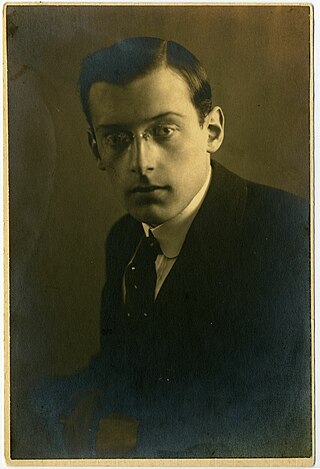
Paul Ben-Haim was an Israeli composer. Born Paul Frankenburger in Munich, Germany, he studied composition with Friedrich Klose and he was assistant conductor to Bruno Walter and Hans Knappertsbusch from 1920 to 1924. He served as conductor at Augsburg from 1924 to 1931, and afterwards devoted himself to teaching and composition, including teaching at the Shulamit Conservatory in Tel Aviv, Israel.

Hyacinthe Eléonore Klosé was a French clarinet player, professor at the Conservatoire de Paris, and composer.
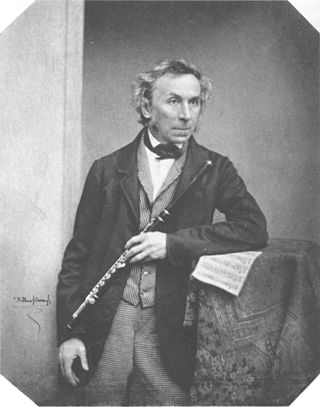
Theobald Böhm was a German inventor and musician, who greatly improved the modern Western concert flute and its fingering system. He was a Bavarian court musician, a virtuoso flautist and a renowned composer.

Henri Benjamin Rabaud was a French conductor, composer and pedagogue, who held important posts in the French musical establishment and upheld mainly conservative trends in French music in the first half of the twentieth century.
Louis Cahuzac was a French clarinetist and composer. Cahuzac was an outstanding performer and one of the few clarinetists who made a career as a soloist in the first part of the 20th century.
Sean Osborn is a former clarinetist of the Metropolitan Opera Orchestra and a regular substitute in the clarinet section of the Seattle Symphony Orchestra. He has been a student of Stanley Hasty, Frank Kowalsky, and Eric Mandat.

Aurelio Magnani was an Italian teacher of and performer on the clarinet.
Philippe Cuper is a French clarinetist, born in Lille on 25 April, 1957.

Tony Louis Alexandre Aubin was a French composer.
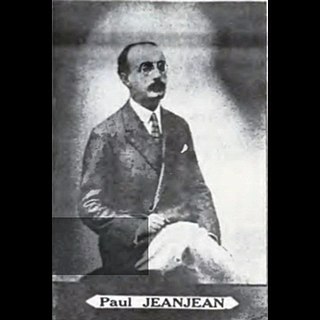
Paul Jeanjean was a noted French composer and principal clarinetist of the Garde Republicaine Band and the MonteCarlo opera. While known primarily for his clarinet compositions, he also composed for other instruments, such as the bassoon and cornet. He studied with one of the most important clarinet teachers, Chrysogone Cyrille Rose. His compositions for the clarinet are mainly studies for the practice of technical elements. Every year, the Paris Conservatoire would call on the clarinet teachers to compose music for that of their own use and also for their students. As a result we now have many sets of studies for the clarinet.

Zenon Kitowski is one of the most talented and recognized clarinet players of Poland. He was born in a Kashubian town of Kartuzë. After winning the Kurpiński International Clarinet Competition in Włoszakowice (Poland) in 1982, Kitowski accepted principal clarinetist position with Jerzy Maksymiuk’s Polish Chamber Orchestra and Sinfonia Varsovia. As a renowned musician, Zenon has appeared frequently as soloist with the Polish Radio and Television Orchestra in Warsaw where he has been holding the principal clarinetist chair since 1993. Zenon Kitowski also collaborates with various chamber ensembles and while his playing captivates with agility and ease, his rich and warm tone combined with incredible control which affords him with the superior skills needed to express full dynamic and emotional range of any orchestral or soloist work.
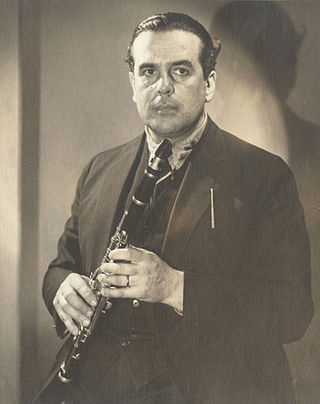
Daniel Bonade was a French classical clarinetist and professor of clarinet. He was the most influential teacher of the first generation of American-born professional clarinetists.

Émile Durand was a French musical theorist, teacher and composer. He was better known for his theoretical writings than for his compositions.
The Sonata for two clarinets, FP 7, is a piece of chamber music composed by Francis Poulenc in 1918. Dedicated to Édouard Souberbielle, its total execution time is about six minutes. It is unusual among clarinet duets in that it is written for B♭ clarinet, which generally plays the melodic themes, and A clarinet, which plays a more supporting role through much of the piece. It is also unusual for music of this period that the clarinetists perform different time signatures simultaneously in parts of the opening movement.
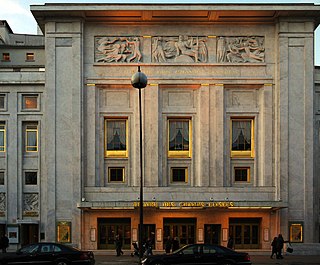
The Sonate pour clarinette et basson, FP 32a, is a piece of chamber music composed by Francis Poulenc in 1922.

Jean-Marc Fessard is a French classical clarinetist.

Guy Dangain is a French classical clarinetist.














